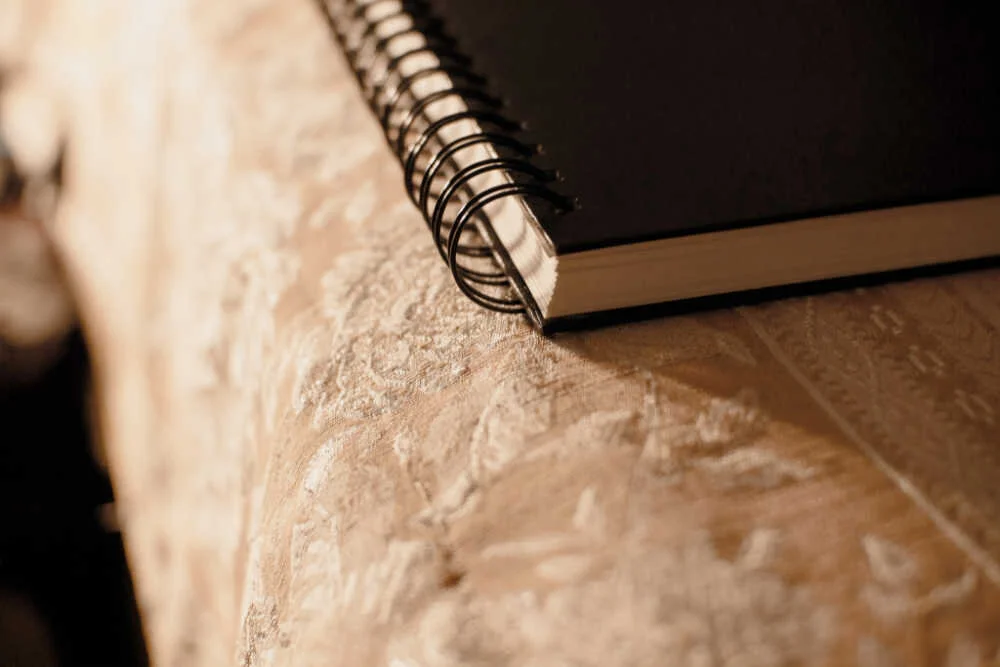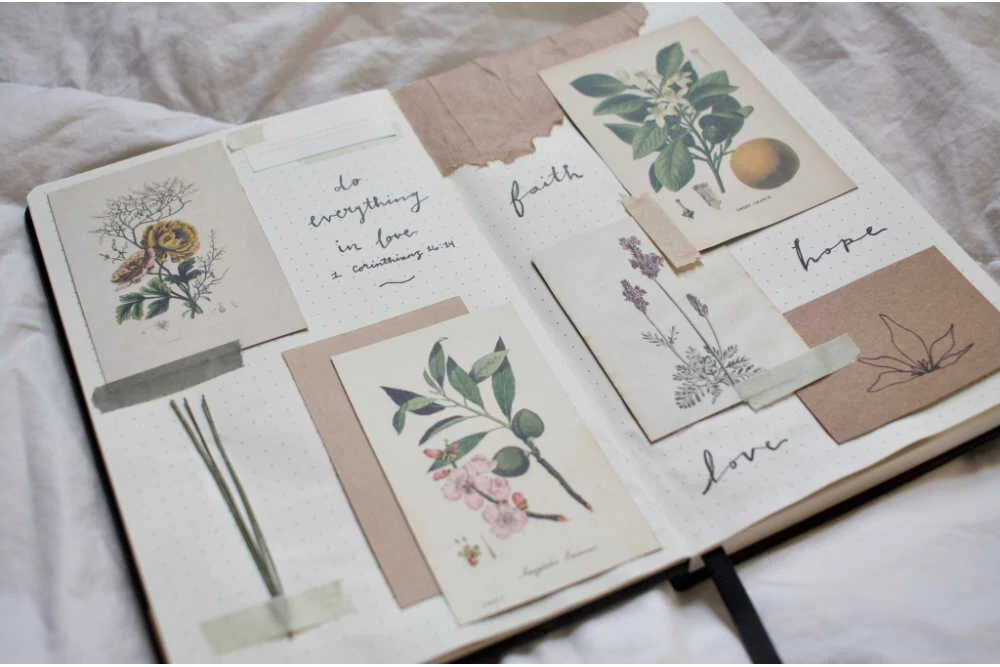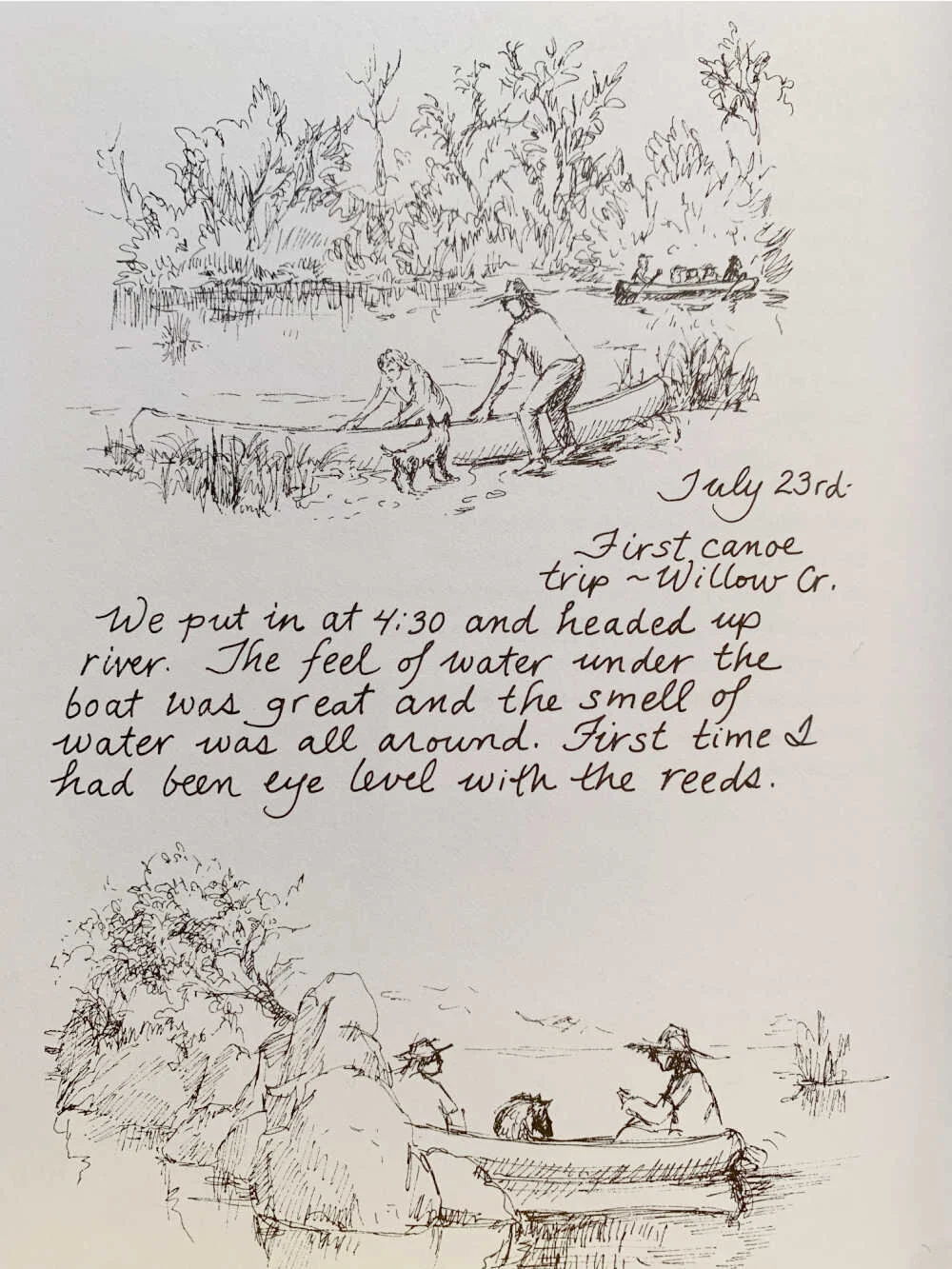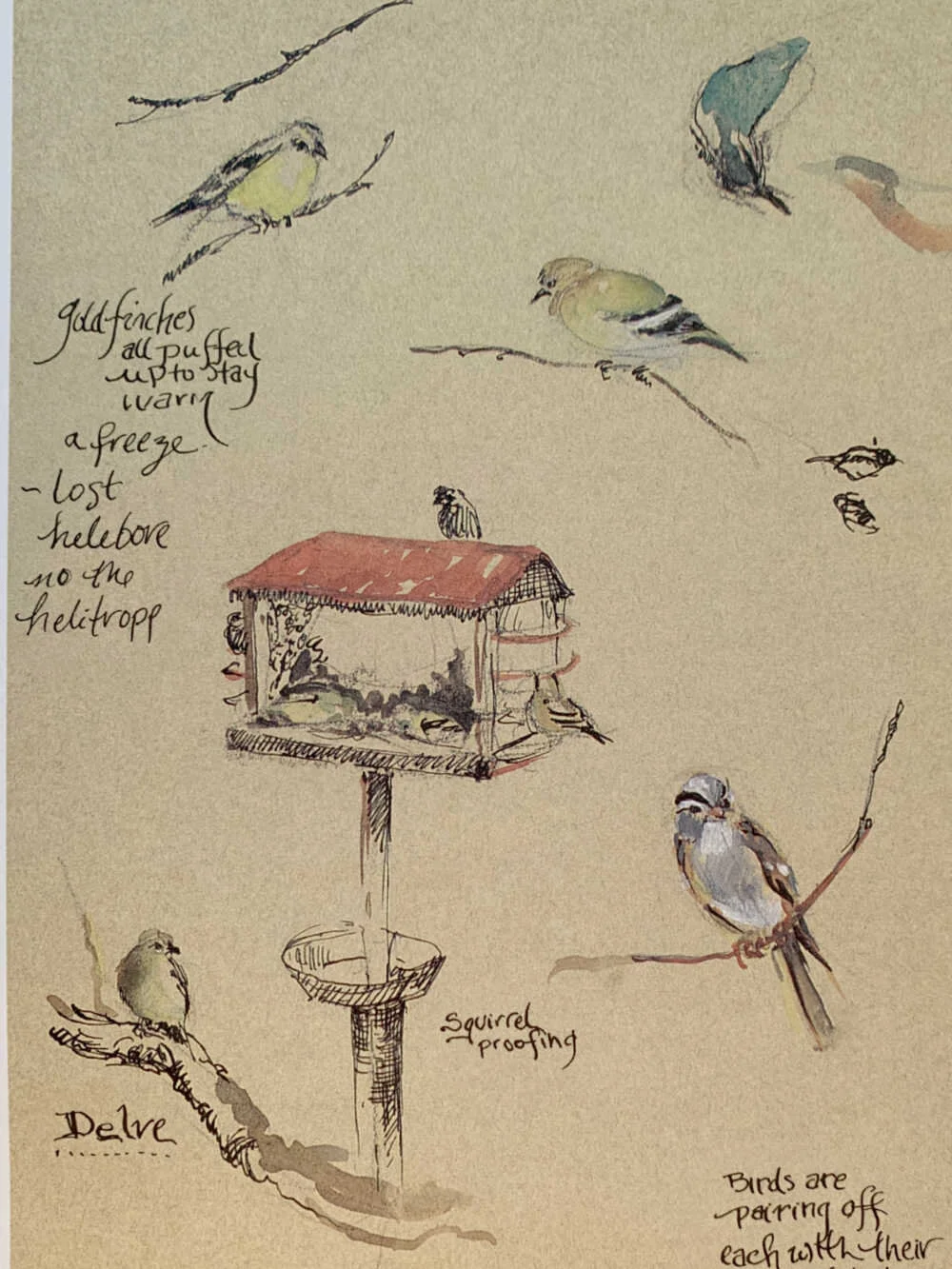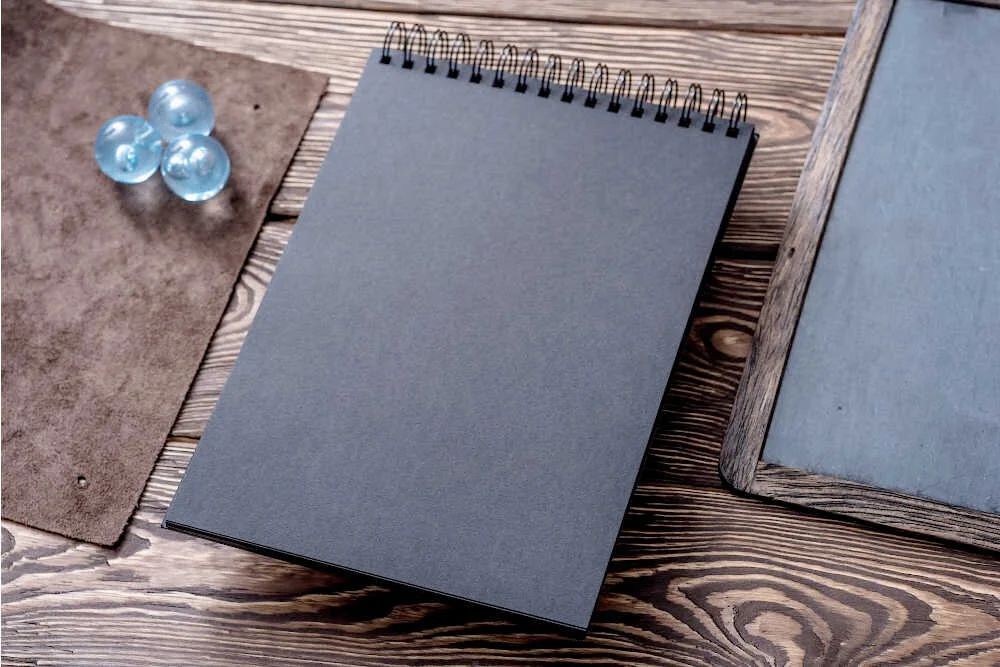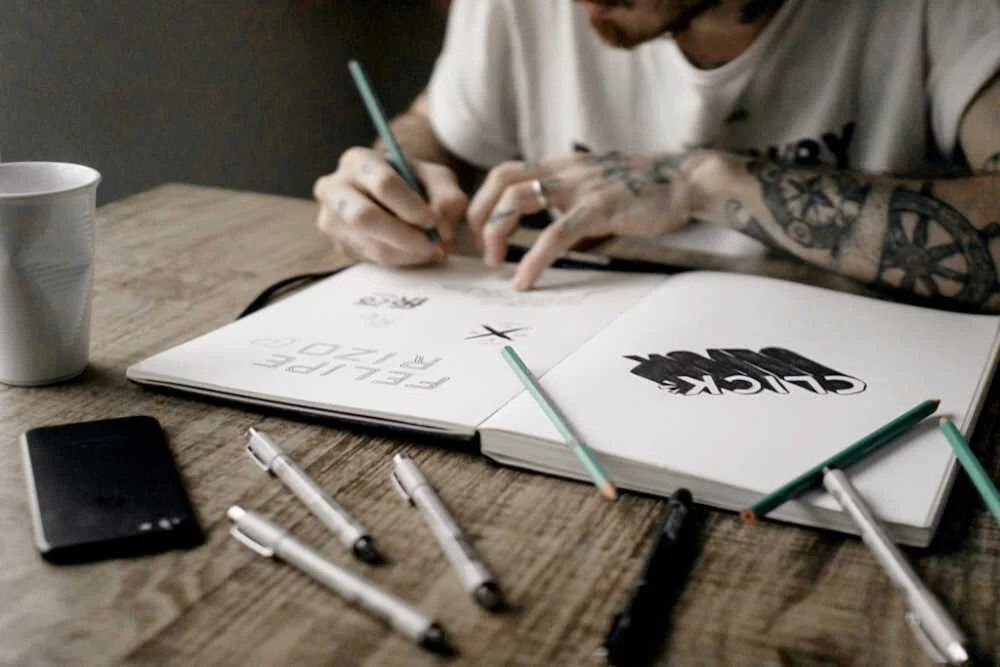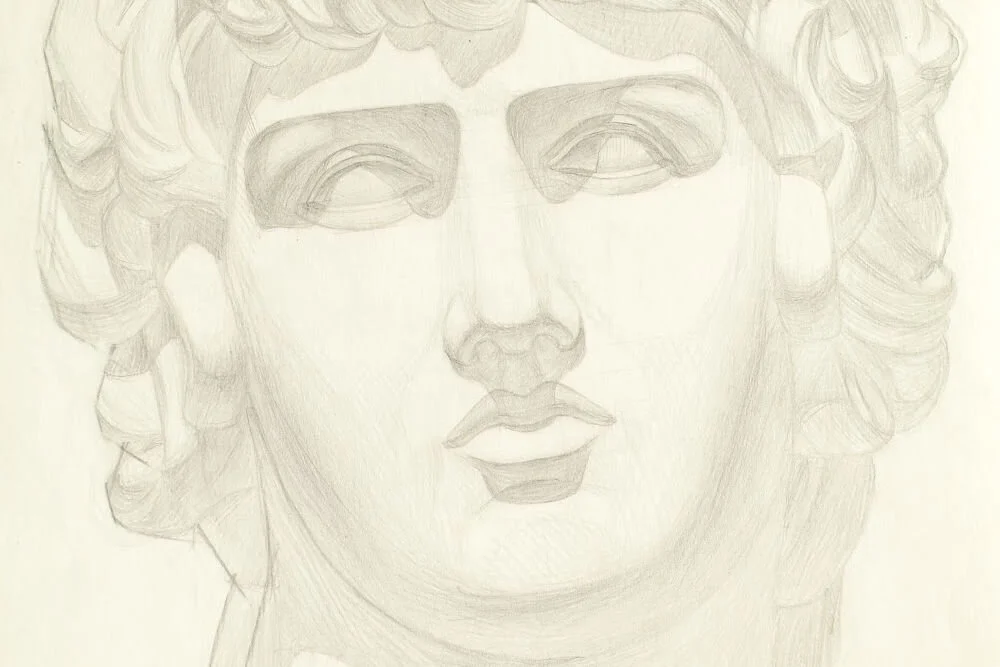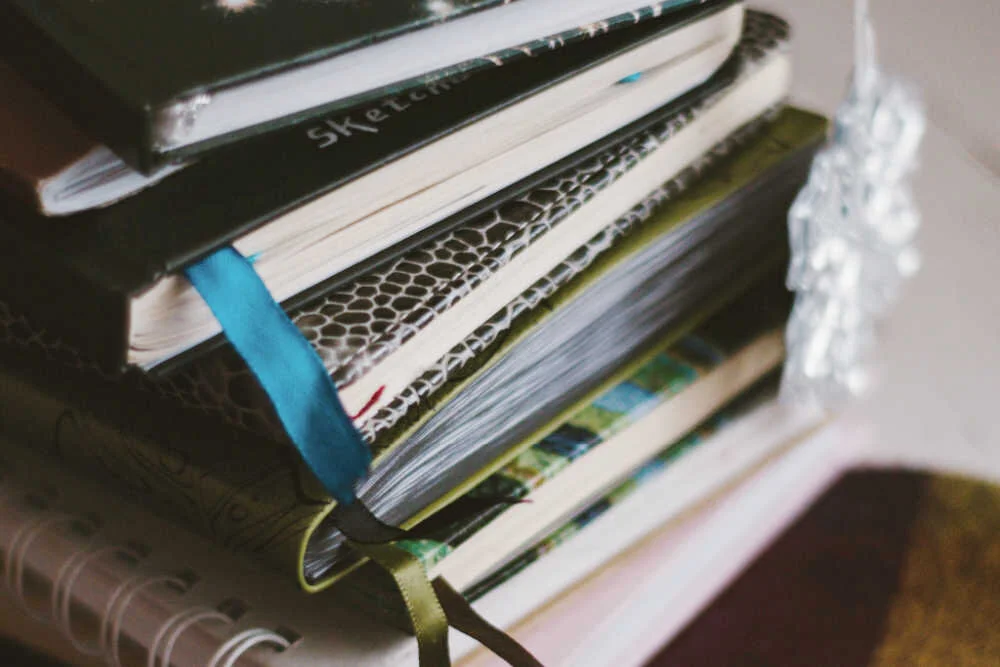Sketchbook: How to Use a Sketchbook
Reasons to Start a Sketchbook
To enjoy creating
Drawing is fun.
As kids, we proudly showed our parents our drawings, and at that time, we didn't judge our artwork critically. We simply enjoyed the process of creation.
Would you like to rediscover the joy of drawing?
"Classical drawing" refers to more formal techniques, but drawing in a sketchbook is casual, fun, and freeing. For beginners, starting with a sketchbook is a great way to begin your artistic journey. I recommend an art journal—there's no pressure to create, and it's enjoyable. You can draw your daily experiences, and years later, you'll be grateful for the memories captured in your art journal.
A sketchbook often reveals what's important to you at the time. By looking back at your sketches, you may discover something new about yourself.
So, why not give it a try?
To grow as an artist
Even the old masters started with just one pencil and one line. Like them, we grow into masters by consistently creating and refining our skills.
However, simply drawing without learning the principles won't lead to much improvement. Growth happens through repeating the process of "learning" new concepts and "outputting" (practicing) them.
With consistent practice, you'll make significant progress over time. And when you feel discouraged, your sketchbook will remind you of all the milestones you've achieved, cheering you on to keep going.
It helps me in so many ways. Trust me, you’ll never regret starting one.
Sketchbook in Art Journal
Classical drawing requires intense concentration, which is why I recommend beginners start with an art journal. It's meditative, relaxed, and fun.
If you're wondering what to draw, here are a few ideas:
Today's breakfast
Plants in your garden
Shoes
Fruits and vegetables in your fridge
Your hands
A book on your shelf
Eggs
The possibilities are endless. If you can, try to draw from life—it will improve your observation skills, which is essential for future drawing practice.
For more inspiration, check out Artist's Journal by Erin O’Toole.
Resource: Artist’s Journal by Erin O’Toole
I understand that animals, children, and moving objects can be difficult to sketch, so feel free to use reference photos when needed. Once you're comfortable, adding color can be fun too—just make sure to choose a sketchbook that can handle watercolor or ink.
Resource: Artist’s Journal by Erin O’Toole
How to Choose a Sketchbook
If you primarily use graphite pencils, I recommend a hardcover, bound sketchbook. While ring binder sketchbooks that open flat are popular, they aren't ideal for pencil drawings. The friction between the pages can cause smudging.
A hardcover sketchbook can double as a clipboard, which is useful when sketching in places like museums or on vacation. For landscapes, a horizontally long sketchbook is typically preferred, while portraits are often done in vertically long sketchbooks. Still life compositions may vary depending on the subject.
It's a good idea to have a selection of sketchbooks in different sizes. Also, always draw on one side of the page to prevent rubbing and smudging on the reverse side.
Types of Sketchbook
You can choose any size you like, but I recommend having at least two different types of sketchbooks: one that you truly enjoy and one that offers great value.
When I first started, I hesitated to use expensive sketchbooks for fear of ruining them. I kept them safe for over a year. Meanwhile, I used my inexpensive sketchbooks for experiments, doodles, and art journaling.
You can even use printer paper for sketches. I sometimes tear pages from my sketchbook to decorate my mood board. The goal is to draw every day, so choose a sketchbook that will inspire you to keep drawing!
A nice sketchbook can be motivating simply by holding it in your hands. I use my favorite sketchbooks for longer sessions, but I use affordable ones for quick 10- to 30-minute sketches.
Some sketchbooks come with a light brown background, which is great for working with charcoals. If you're just starting, focus on finding the "line" in your sketches before moving on to more advanced techniques like charcoal for "mass" drawing.
Sketchbooks with a white background are great for line drawing, while those with a middle-value background are better suited for mass drawing.
Develop a Style in the Sketchbook
Some artists have distinctive styles that are instantly recognizable. While it may seem difficult to develop your own style, it’s not something that happens overnight.
For beginners, quantity is more important than quality. A sketchbook is a tool for practice, and the more you draw, the closer you'll get to discovering your personal style.
If you draw every day for a year (30 minutes a day), you'll accumulate 182.5 hours of drawing. Proficiency comes first, and style will develop on top of that foundation.
Practice Classical Drawing in the Sketchbook
When practicing classical drawing, pay attention to the direction of your strokes. The way you apply your lines adds movement to your sketches.
While some people use fingers or stamps for shading, I don't recommend this technique for classical drawing. In art journaling, you can draw however you like. However, in classical drawing, focus on one line at a time.
You might wonder: "Isn't it okay if the drawing looks nice?"
The answer is no, not if you want to create a dynamic, lively sketch. While rubbing to create shadows makes your drawing look 3D, it can feel static. By using varied lines, you add motion and guide the viewer's eyes across the drawing.
The artist is both a designer and a magician. Rather than just copying what you see, you can emphasize the elements you want the viewer to focus on.
It might take some time, but practice drawing short and long strokes to create movement and direct attention.
By the way, creating a value scale with graphite pencils doesn't require rubbing. I'll discuss that technique in a future post.
Key Takeaways for Using a Sketchbook:
Make sketching a daily habit.
A hardcover, bound sketchbook is better for graphite drawings to avoid smudging.
The best sketchbook is the one you use every day.
Focus on quantity over quality in the beginning.
If classical drawing feels intimidating, start with art journaling.


